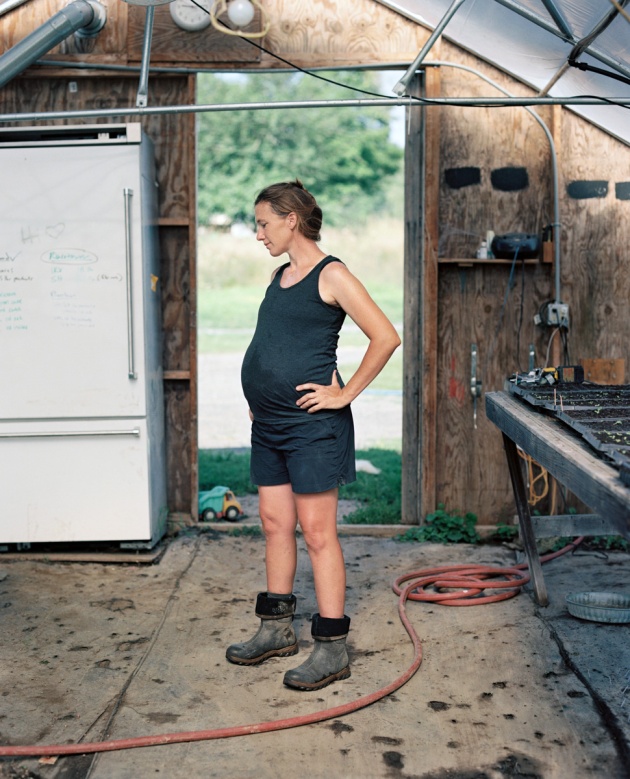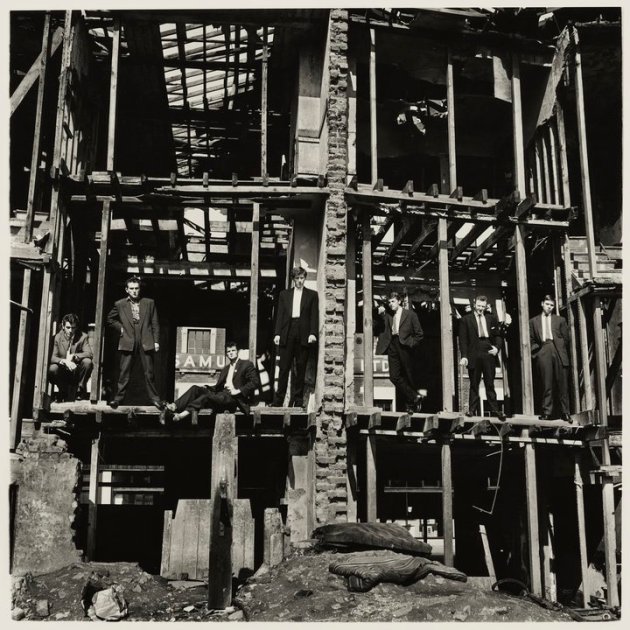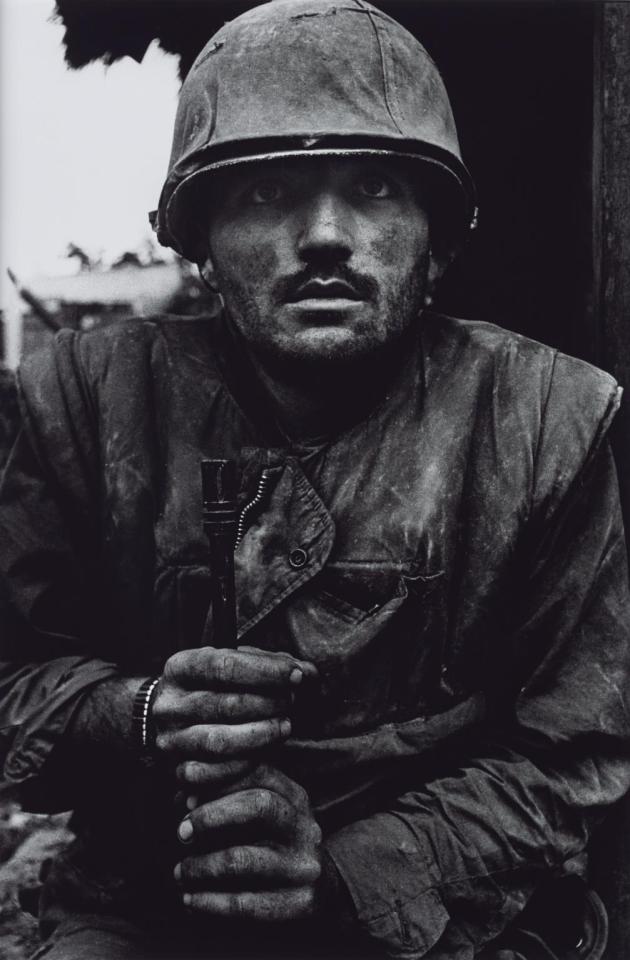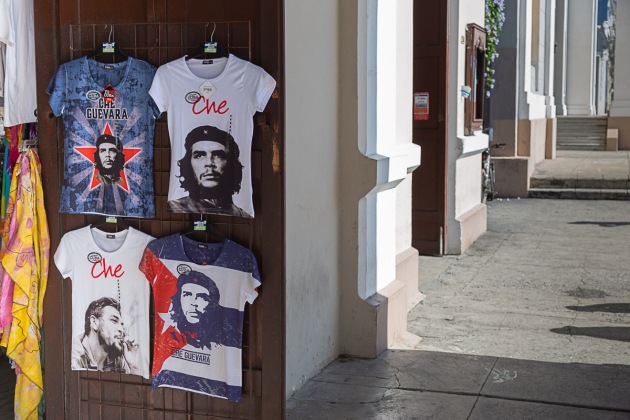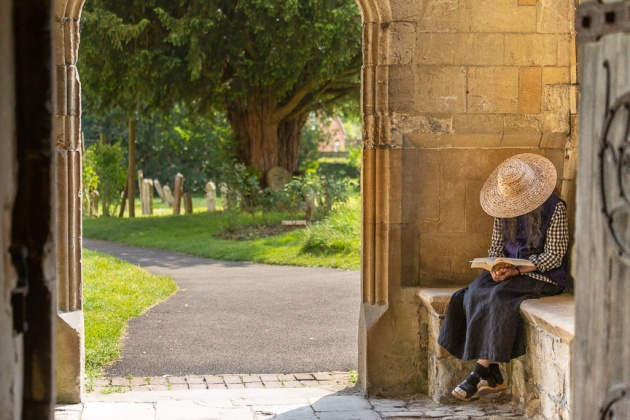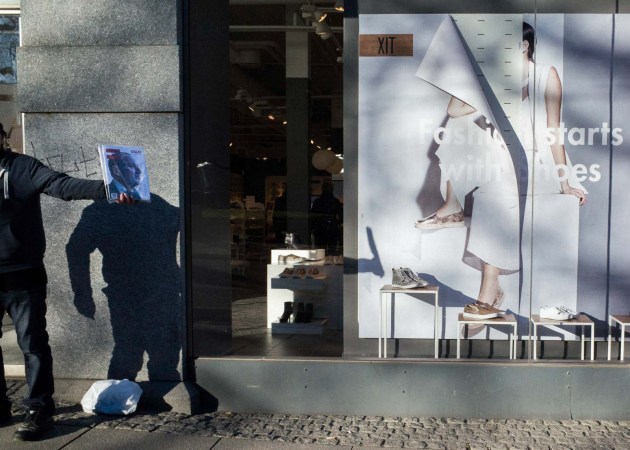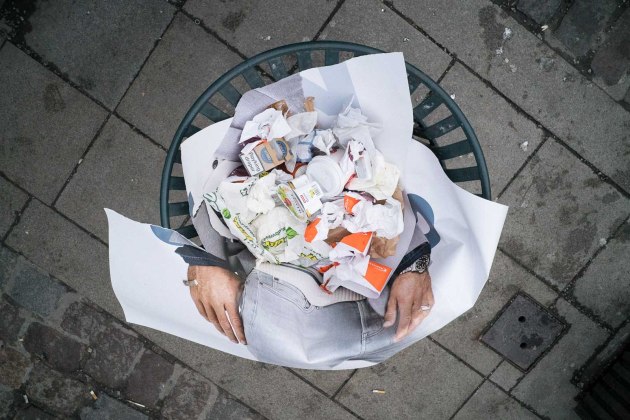Paddy was the first person to walk through the doors of the original Photographers Workshop in June 1982. He has been my friend and teacher ever since. I learned from Paddy that a photograph doesn’t have to be about a thing, it can be just about a feeling.
His latest book ‘Empty Days’ is a testament to the idea that art is about feeling and not necessarily decorative. Like Nan Golding or Richard Billingham Paddy does not shy away from showing “the tragic lives he encountered, lives that touched him because they reflected his own struggles, he made images that would tell their stories, his own story.”

Paddy Summerfield Empty Days
From his publisher:
… a sustained enquiry and search for understanding and meaning in a sometimes-bleak interior landscape … the great success of ‘Empty Days’ is in drawing the viewer fully into Paddy’s world… and as in life, it is both rewarding and on occasions disturbing.
– John Goto in Photomonitor, March 2018
…………….
“I would say Empty Days is my road trip, through the places I know – on foot.”
In run-down streets and shabby cafés Paddy Summerfield found his pictures for Empty Days. Among the tragic lives he encountered, lives that touched him because they reflected his own struggles, he made images that would tell their stories, his own story.
“This is the world I know, it could be anywhere, a place we have all seen before. I am sad, the world is sad. I don’t know if I take photographs to embrace sadness or or push it away.”

Paddy Summerfield Empty Days
For Empty Days Summerfield has found emblems of the great themes: religion, sex, and death. Yet among the bleakness of various addictions, the ravages of drinking, of pills, he shows no spiritual comfort, no sexual joy, only the search for love in an unloving world, an unsatisfied spiritual longing. Along pavements and pathways, in claustrophobic rooms or open spaces, he finds the isolated figures, lost in thought or caught in a flash of emotion, to express the yearnings and pain that so many of us share. And where no people are shown, the human traces – an abandoned bicycle, a fallen doll, a tangle of nettles and barbed wire – continue themes of loss and melancholy. Yet however powerless or worn down the people and places shown, these pictures offer compassion, not judgement. A handful of troubling portraits, suggesting powerful and complex emotions, punctuate Empty Days, and intensify our sense of a narrative, albeit elusive and incomplete, as the photographs lead us through a fragile and fragmented world to an ending that suggests the possibility of hope.

Paddy Summerfield Empty Days
Oxford-based, Paddy Summerfield, trained at Guildford School of Art in the Photography and the Film departments. His work has been shown in many galleries, including the ICA, The Barbican, The Serpentine Gallery, and The Photographers’ Gallery. His work is in the collections of the Arts Council and of the V&A, as well as in numerous private collections. Empty Days is his third book published by Dewi Lewis. His earlier book Mother and Father(2014) was widely acclaimed, and featured in several lists of the ‘Best Photobooks of The Year’.
You can buy this exquisite book here










